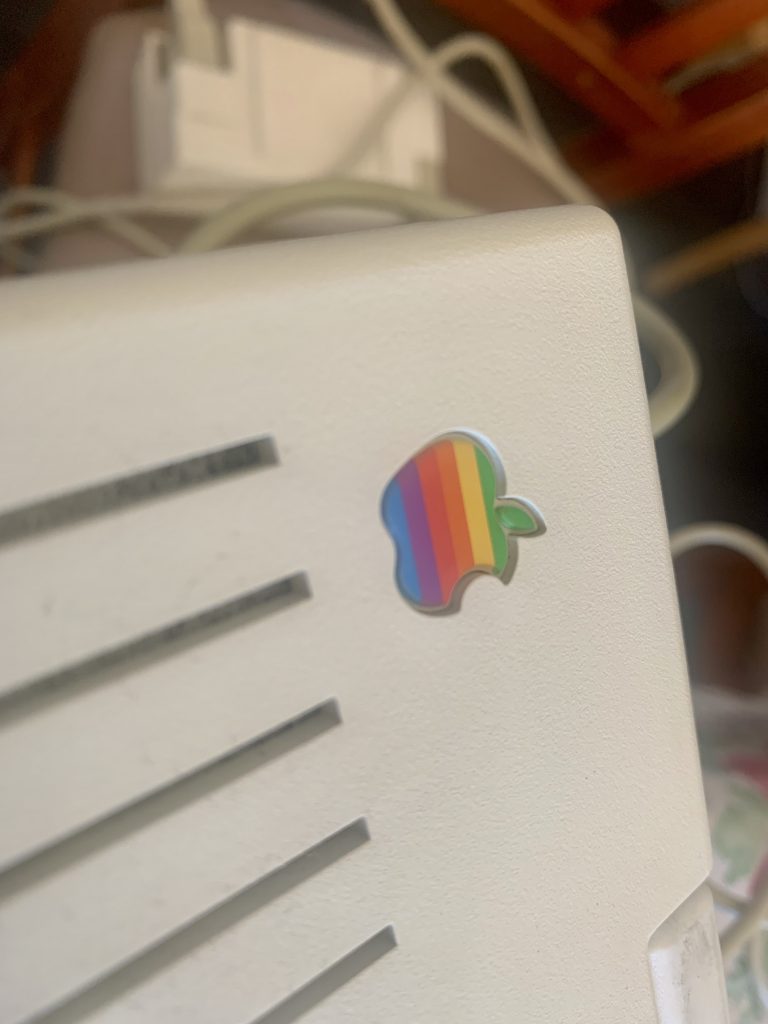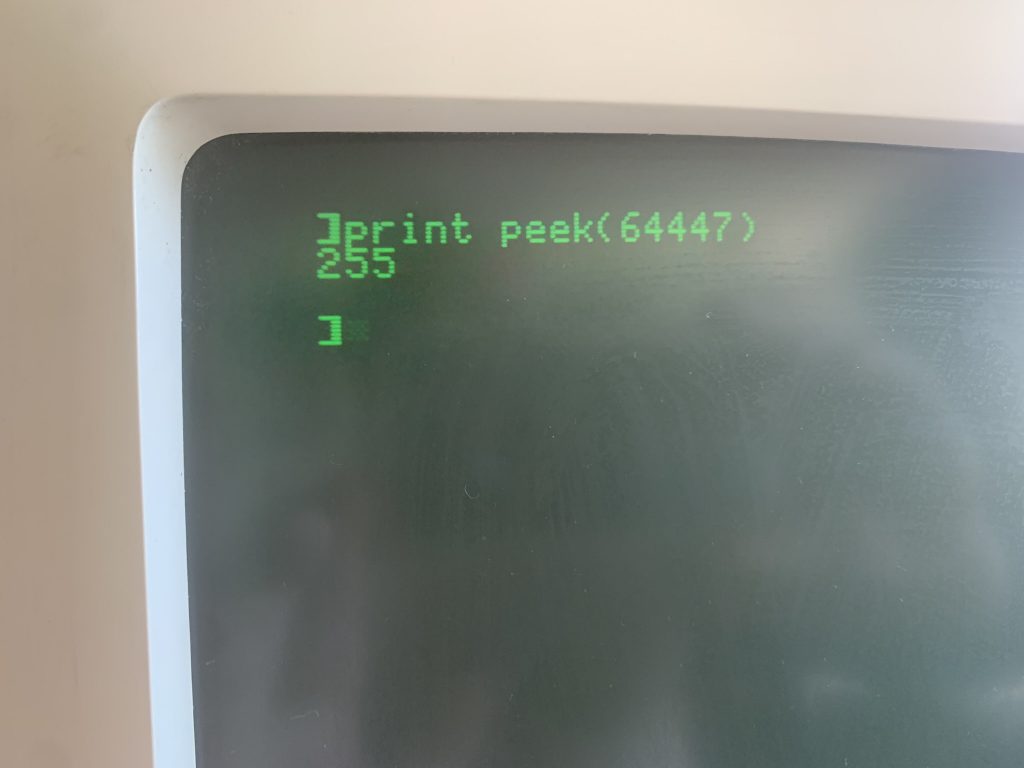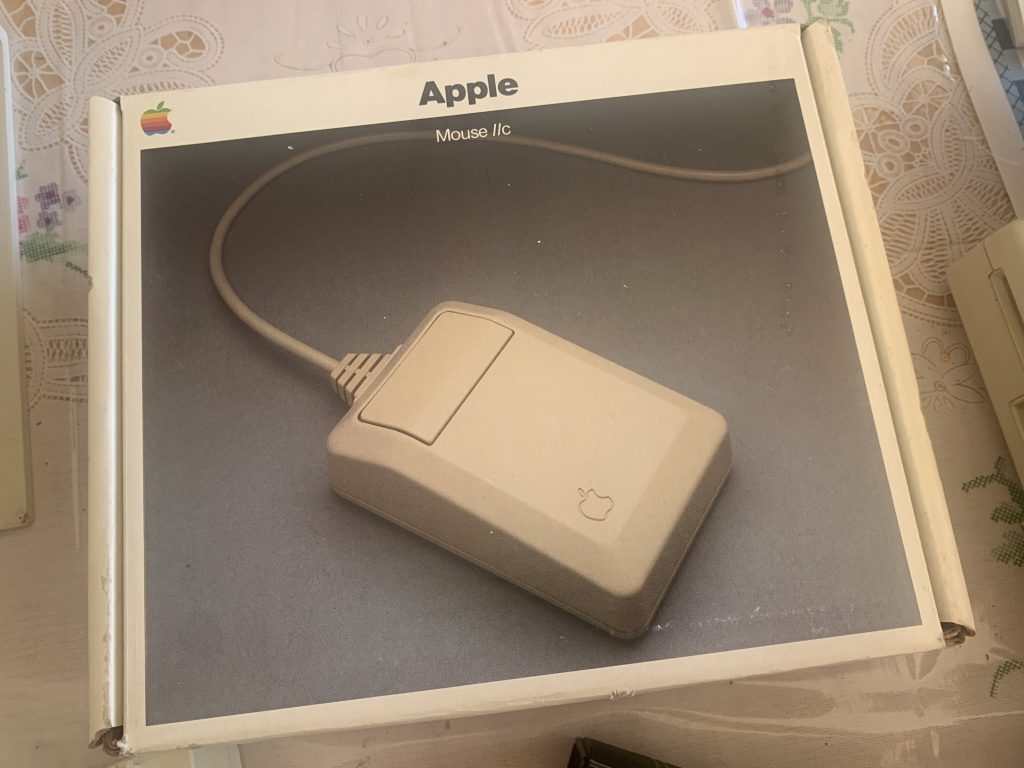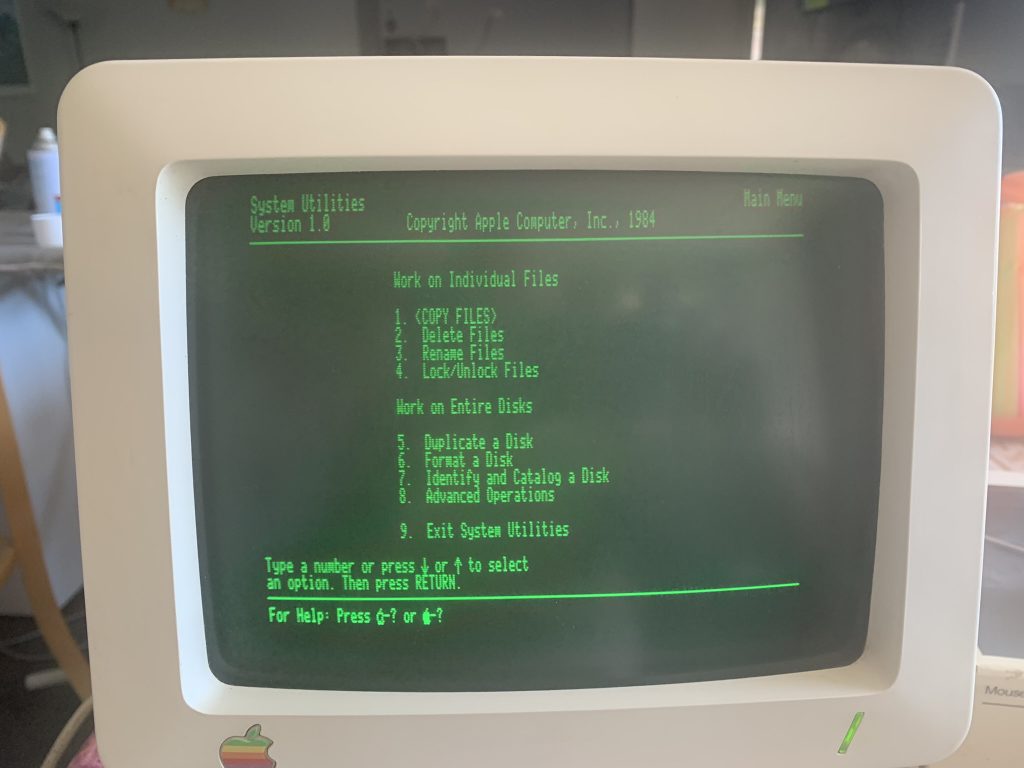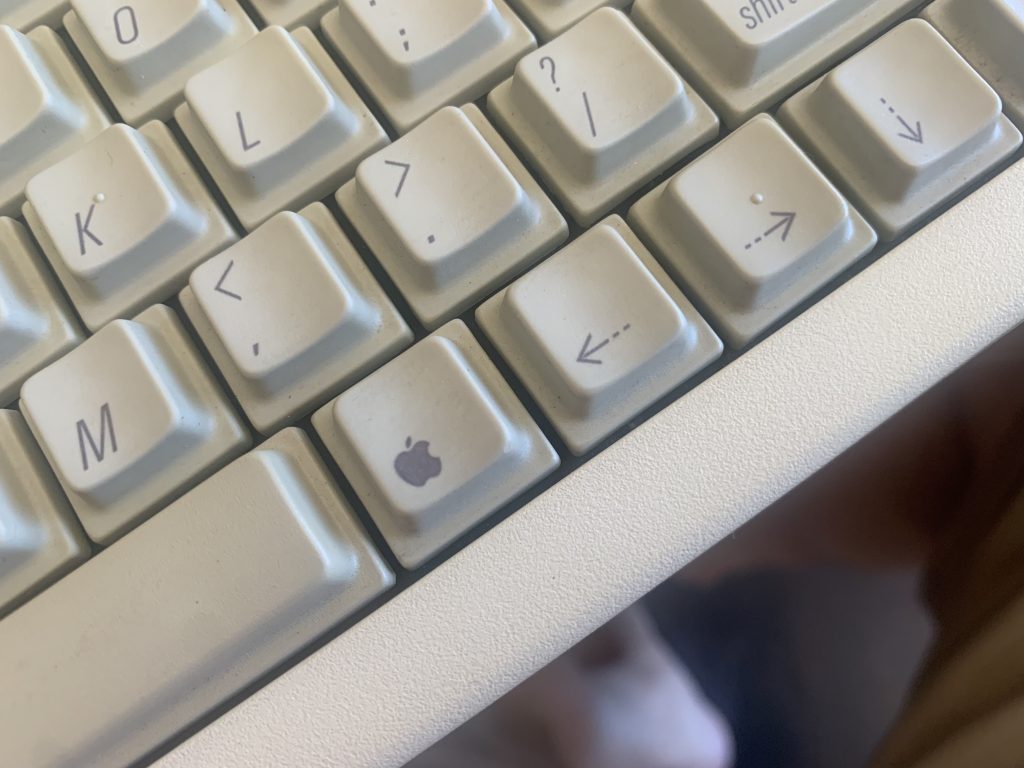Updated with the Airbus A319.
- Fokker 100 (Alliance Airlines, Network Aviation);
- Boeing 737-400 (Qantas/QantasLink);
- Boing 737-700 (Virgin Australia);
- Boeing 737-800 (Qantas, Virgin Australia);
- British Aerospace 146 (QantasLink);
- Boeing 717-200 (QantasLink);
- Embraer E-Jets E-190 (Virgin Australia);
- Embraer EMB 120 Brasilia (Network Aviation);
- Fokker F70LR (Network Aviation);
- Airbus A320 (Virgin Australia);
- Airbus A320-200 (Jetstar, QantasLink);
- Airbus A319-100 (QantasLink);
- Saab 340 (Regional Express Airlines);
- Airbus A330-200 (Qantas);
- Dash 8 300 (QantasLink);
- Dash 8 400 (QantasLink).

